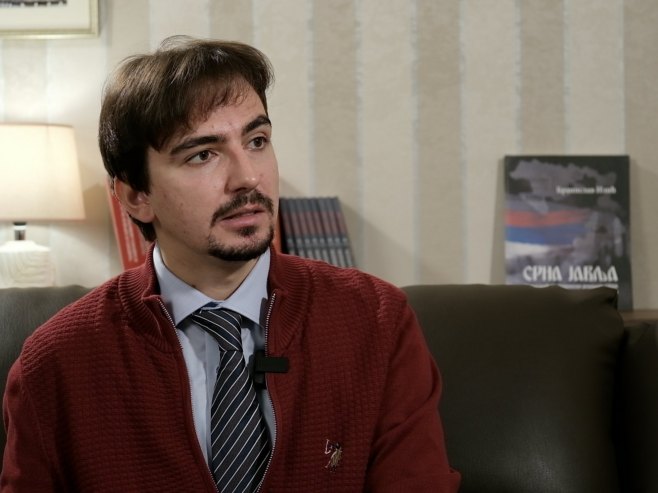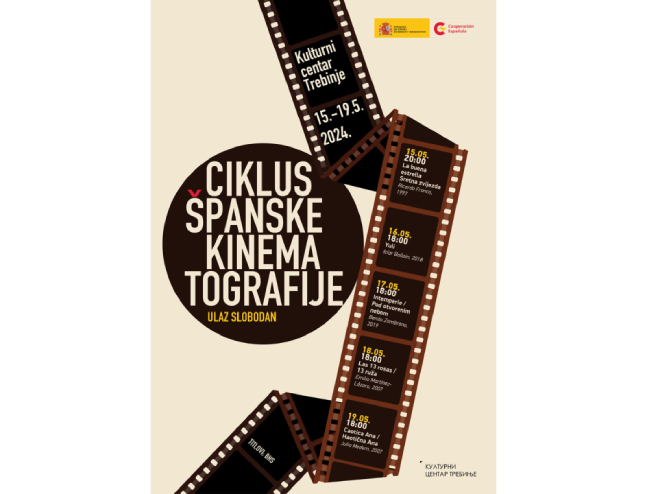Viticulture holds great potential for improving the use of natural resources, especially in areas favorable for vineyard development. In addition, the advancement of viticulture can significantly contribute to the growth of wine-related tourism.
Alongside the development of production, it is necessary to work on market expansion through product differentiation strategies and promotion. The culture of wine consumption should be promoted, especially among younger consumers, with an emphasis on responsible drinking.
According to the publication “Local and Global Strategies of Viticulture and Winemaking in Republika Srpska”, by Tatjana Jovanović-Cvetković and Dragutin Mijatović, viticulture and winemaking are agricultural sectors with notable development potential in Republika Srpska, despite currently having a smaller share in overall agricultural production.
These sectors, according to estimates, directly affect the lives of about 5% of the global population, with the total global vineyard area amounting to 7.449 million hectares.
Situation in Republika Srpska
Bosnia and Herzegovina has approximately 3,257 hectares of vineyards, 600 of which are located in Republika Srpska. Grape production in Republika Srpska amounts to around 5,500 tons annually, while wine production reaches approximately 3.24 million liters.
This production is concentrated in two main wine regions: Herzegovina, with more favorable climatic conditions, and the northern part of Republika Srpska, where viticulture is gradually being revitalized.
Winemaking in Herzegovina
The Herzegovina region, especially the Mostar wine district, has significantly more favorable climatic characteristics for viticulture. This area is known for white indigenous varieties such as Žilavka and Bena, as well as imported ones like Chardonnay, Smederevka, and Tamjanika. Dominant red varieties include Vranac, Merlot, Cabernet Sauvignon, Syrah, and Pinot Noir. Herzegovinian wines are already well-known both domestically and internationally, which gives the region strong potential for further growth.
Northern Republika Srpska
Viticulture in the northern part of Republika Srpska began recovering after 2004, particularly in the Kozara, Ukrina, and Majevica wine districts. Private initiatives enabled the establishment of modern vineyards with varieties such as Chardonnay, Riesling, Sauvignon Blanc, Cabernet Sauvignon, Merlot, and Syrah. In addition to these classic types, hybrid varieties resistant to low temperatures, such as Panonia and Morava, are also being cultivated.
Challenges and Opportunities
Among the main challenges in viticulture and winemaking in Republika Srpska are the lack of modern technology for grape processing and high-quality wine production, as well as the high cost of equipment and packaging. A particular issue is the insufficient protection of geographical origin, which is crucial for improving market competitiveness.
To support scientific research, the Faculty of Agriculture at the University of Banja Luka operates a Laboratory for Ampelography and Winemaking through its Institute of Horticulture. The Institute is also active in identifying and preserving indigenous grapevine varieties through the Plant Genetic Resources Conservation Program of Republika Srpska.
Viticulture has significant potential for development in Republika Srpska, especially through regional classification, technological improvement, and wine promotion. Connecting producers into unified clusters and promoting wine as a high-value product could greatly enhance this sector. Additionally, tourism related to winemaking offers further opportunities for rural development and economic growth, writes AgriTech.
Source: See Srpska









